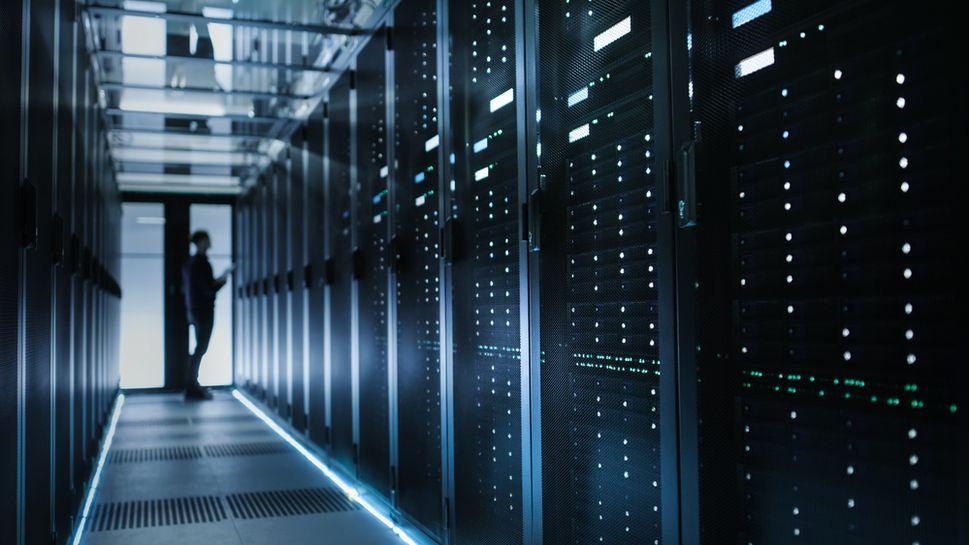Data centers, once seen as energy-hungry liabilities, are now emerging as critical assets to address urban energy challenges.
As the energy crisis deepens and cities grow, these facilities have the potential to transform from passive consumers to active contributors within their communities. The challenge of reusing waste heat from data centers has been examined for years. While these facilities, which are typically built on industrial estates, produce low-quality heat, new solutions are being developed as locations move closer to residential areas.
Steady progress is being made across the sector; Waste heat is already being reused to heat public swimming pools and support district heating networks for housing developments, demonstrating how IT infrastructure can be integrated into community energy strategies.
The potential of data center heat reuse is already being harnessed through innovative projects across Europe. For example, local swimming pools in England are benefiting from agreements where waste heat is provided free of charge. Data center operators provide IT services, while swimming pools receive free heating, significantly reducing operating costs – a crucial advantage during the current energy crisis.
In the Nordic countries, excess heat is channeled into industrial processes such as wood drying, a vital service for local industries. Other facilities are using waste heat to power greenhouses, encouraging sustainable food production for nearby communities.
The main technical obstacle lies in the quality of the heat produced by data centers. Low-quality heat must first be upgraded by heat pump systems to make it suitable for district heating networks. This challenge is being addressed through strategic design, such as in Manchester, where a new data center includes connection points for a future district heating network to support a nearby housing estate. These initiatives show how data centers are moving closer to residential areas, allowing waste heat to serve the needs of the local community rather than being limited to industrial estates.
The investment case for integration
Investment in data center heat reuse is increasingly driven by funds with green and sustainability mandates, requiring new approaches to reduce carbon intensity and improve efficiency.
While integrating heat reuse systems increases upfront costs, support schemes, such as the UK’s tax incentives for energy efficient infrastructure, can help offset these expenses. The business model is also evolving and operators are exploring various revenue streams. For example, in the case of the swimming pool, free heat is provided in exchange for revenue from IT services.
In district heating projects, roles are clearly defined between data center operators, heating network managers and end users to ensure smooth operation. Future-proofing is becoming standard, with new developments incorporating infrastructure for potential heating network connections. However, long-term heat supply reliability remains a critical factor in planning.
Measuring environmental impact through heat reuse
Environmental considerations influence the design from the beginning. Embodied carbon in building materials, renewable energy integration and overall carbon reduction are being prioritized. For example, previously unused roof spaces are now equipped with photovoltaic panels, which generate renewable energy for on-site operations.
The environmental benefits of data center heat reuse are becoming a key focus, capitalizing on the shift from isolated facilities to integrated community assets. Metrics such as energy reuse factor and energy reuse efficiency now quantify how much of a facility’s energy consumption is repurposed for productive use.
These efforts are aligning with urban planning priorities, as local authorities evaluate data center proposals through the lens of community sustainability. Beyond energy efficiency, there is increasing emphasis on how these facilities can support regeneration projects, contributing to local heating and energy solutions whilst minimizing their overall environmental impact.
Creating successful partnerships
Ultimately, the successful implementation of data center heat reuse projects depends on the collaboration of stakeholders. It is essential to have clear operational boundaries: data center operators provide waste heat through heat exchangers, while other parties manage heat pumps, network infrastructure and end-user services. This clear division of responsibilities ensures long-term reliability and efficiency.
Key factors include maintaining a constant heat supply, integrating with existing infrastructure and involving various stakeholders such as property developers and local businesses. However, since heat reuse is still in its early stages, these ecosystems often must be built from scratch, requiring meticulous coordination and planning.
As the sector shifts its focus towards reducing carbon intensity, collaboration remains critical. While challenges remain in aligning interests and operations, the drive to create sustainable energy ecosystems is accelerating innovation and redefining the role of data centers in urban environments.
We’ve compiled a list of the best green web hosting services.
This article was produced as part of TechRadarPro’s Expert Insights channel, where we feature the best and brightest minds in today’s tech industry. The views expressed here are those of the author and are not necessarily those of TechRadarPro or Future plc. If you are interested in contributing, find out more here:




